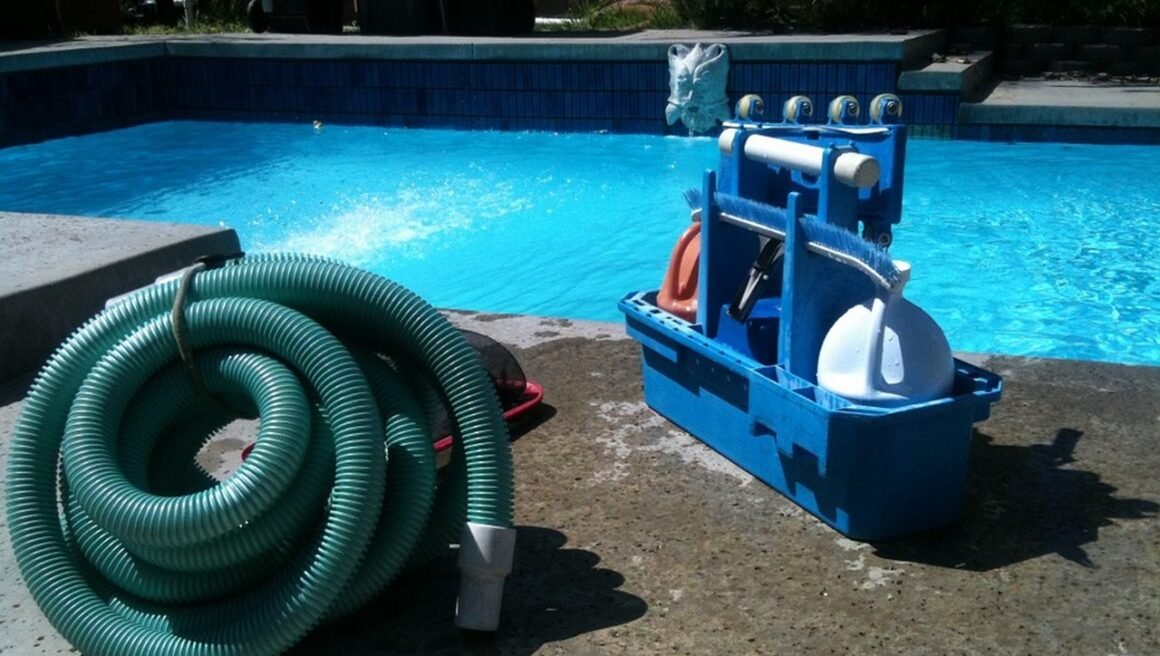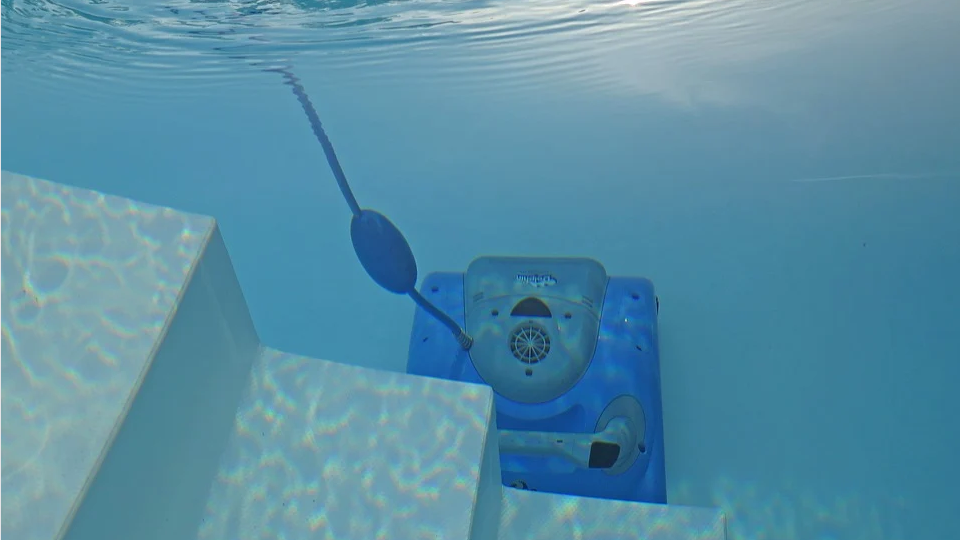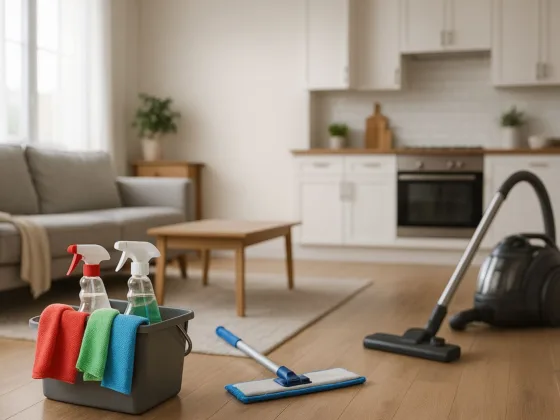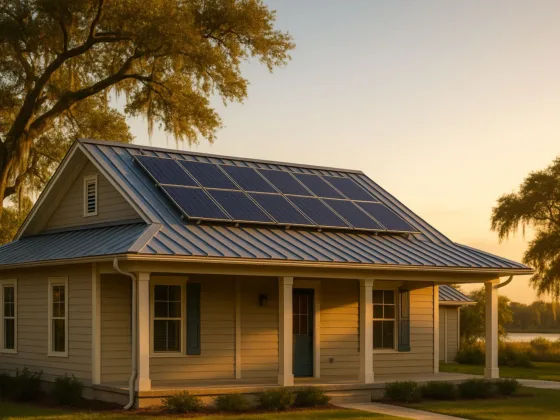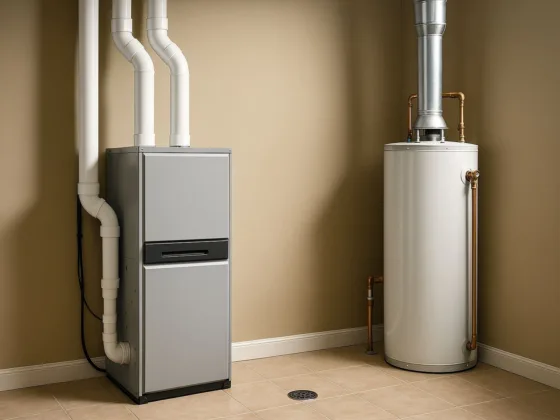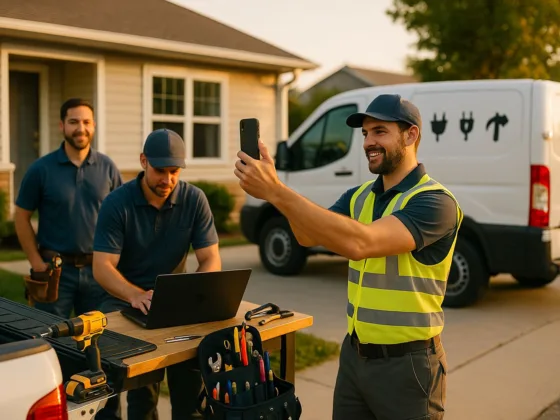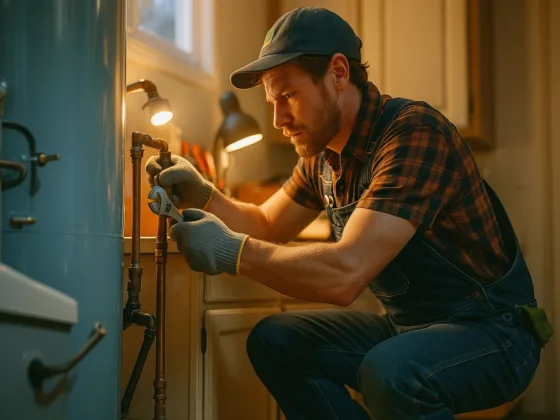Table of Contents Show
The era of manual pool cleaning has come to an end. Those who want to clean their pools happily without any boredom choose special pool cleaning devices that will do it for them.
The only problem here is a choice as anyone can get lost in this diversity of types and models. So it’s better to do a minor search beforehand if you want to buy a pool cleaner that will perfectly suit your pool.
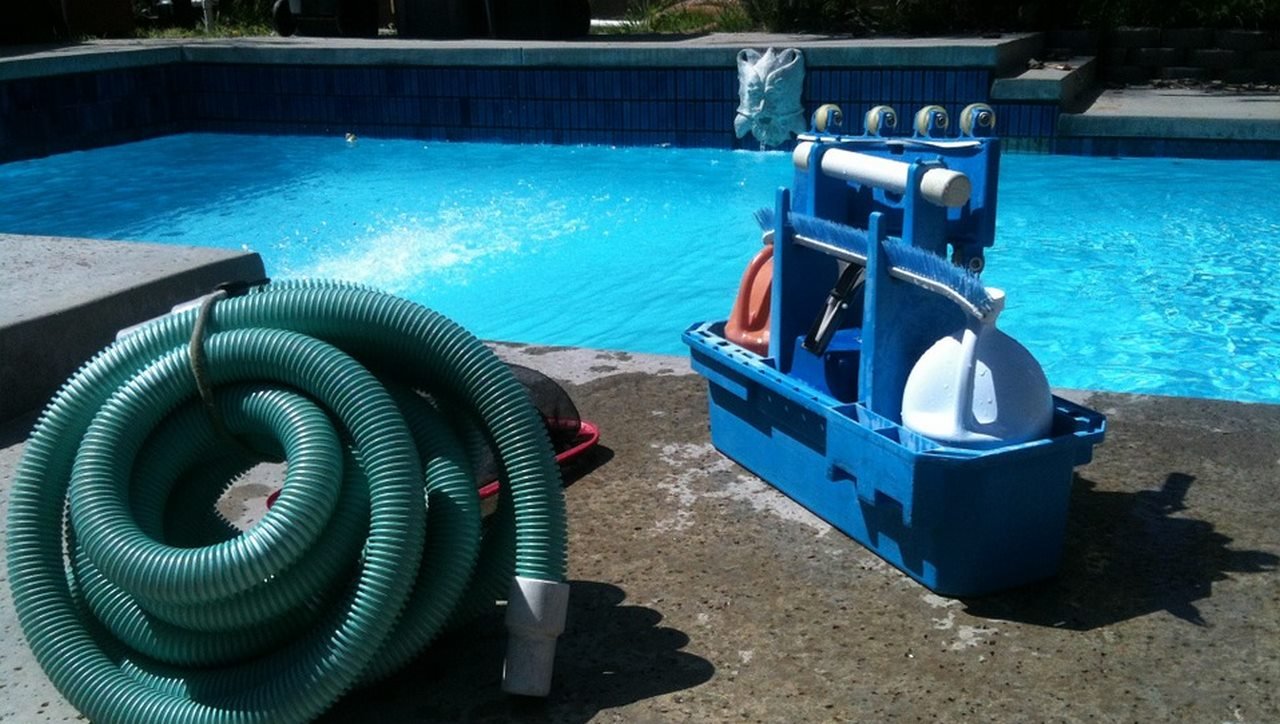
So, we are here to give you a list of the most widespread pool cleaners’ types. You’ll also learn several customer tips that will help you choose that very pool assistant that suits you the best. Without further ado, let’s get down to business!
Main Types of Pool Cleaners
The market is full of brands and models that can turn your shopping into a nightmare. However, this abundance can be put in order.
Experts divide all pool cleaners into three large groups. The classification is based on the principle of cleaners’ operation. If we put them in the order of efficiency improvement, we’ll get:
- a pressure pool cleaner
- a suction pool cleaner
- a robotic pool cleaner
Let’s examine each type in detail. We’ll start with the best robotic models.
1. Robotic Pool Cleaners
Robotic pool cleaners usually cause a minimum of questions as their principle of operation is clear from the name. Robotic pool cleaners don’t need to be connected to your pool’s systems.
They run without any human participation and look more interesting due to the compact dimensions.
That’s possible thanks to the latest self-directed navigation technologies used. This means your robot builds a plan of a pool, determines and avoids obstacles, runs using preprogrammed movement algorithms.
Some modifications can even comprehend voice commands and connect with your smartphone through WiFi, Bluetooth, and apps.
If we concentrate on the cleaning performance, we’ll see that robot pool cleaners deal with absolutely all pool surfaces and materials. Most devices process upright surfaces like walls and steps, clean the floor, and reach the waterline.
They feature their own filters and motors, so you need no extra pool filters and pumps.
You’ll see a drive unit that maneuvers the unit around the pool. Usually, they include track tires or wheels. Sometimes a jet drive is also used to move the cleaner rather than the wheels.
Thus, getting stuck is minimized, which also contributes to the independent operation.
However, please pay attention that robotic pool cleaners cost pretty much. These are the most expensive products among available.
Besides, owners of above-ground pools have less or almost no choice since brands produce robots for large inground reservoirs mostly.
2. Suction Pool Cleaners
Suction modifications are simpler for pool cleaners. However, we can highlight some automatic features here.
The main difference is your pool’s filtration system. I.e., these devices cannot work without original poo pumps and filters.
Thus, cleaners can suction debris and drive around the pool. All dirt comes directly into your pool’s skimmer.
The best suction cleaners can clean all surfaces, including the waterline. You can find a list of such models and learn more about them on the Intexpoolpumps.org site. But most products work with the bottom and walls only.
Also, suction cleaners don’t have smart navigation. It means cleaning needs no your attention, but it goes randomly. Thus, the unit may miss some spots and get stuck from time to time.
With suction pool cleaners, you’ll have to spend more time on control and monitoring as you cannot program or at least turn them on/off remotely.
Simpler construction means a lower price. Suction models are affordable for anyone. Besides, there are products both for in-ground and above-ground pools.
Read Also:
3. Pressure Pool Cleaners
Pressure pool cleaners were one of the earliest pool cleaning assistants. We also note simple construction and affordable price. So, they still stay incredibly efficient and can cleanse your pool in a better way.
Like suction models, you also need to connect your pressure-side cleaner and the filtration system of your pool. However, they do it not for debris but for driving mostly.
Cleaners move around and pick up dirt thanks to the water flow that the filter returns water to generate. The principle of operation relies on the Venturi effect.
Some models may also require a booster pump, while there are cleaners that work independently from it.
Pressure models don’t filter water very thoroughly and can miss fine particles because of the lack of scrubbers, but large debris will not escape. Debris usually goes into the cleaner’s filter bag.
There are no navigation and remote control systems, by the way. It means they can also miss some areas and will run till you manually switch them off.
Many customers like pressure side cleaners due to their energy efficiency. However, please mind that they increase the load on your pool systems.
Pressure pool cleaners are suitable both for inground and above-ground pools and have very affordable prices.
Tips for Buying a Pool Cleaner
Now, when we got acquainted with all cleaners’ types, it’s time to focus on several more moments that will influence your choice. So, before you get yourself a pool cleaner, please consider the following things.
Pool Type
We’ve already discussed it, but let us repeat it one more time. Not all pool cleaners suit all pool types. Robotic devices are designed for inground constructions mostly.
Suction and pressure cleaners can suit both above-ground and inground pools, but it also depends on the model. So, please don’t forget to check this moment beforehand.
Size
There are pool cleaners for all pool sizes. Be sure to check the manufacturer’s recommendation to determine whether a cleaner is of an appropriate size for your pool. Also, remember that the cord length needs to be sufficient to reach all corners of the pool.
Area Cleaned
Only the most expensive units process waterlines. If you need it, pay for it. Otherwise, we recommend focusing on walls and step cleaning mostly since they are subject to dirt oftener.
Filtration
Most cleaners either use a filtration cartridge or a filtration bag. Cartridges are designed to be disposable and are thrown away once they become clogged. Bags, on the other hand, are generally able to be emptied, cleaned, and reused.
Service
Pool cleaners can be a costly investment. When choosing a cleaner, consider the length of the manufacturer’s warranty.
It is highly recommended to take an extended warranty if it is offered. Should your cleaner break or need maintenance, the parts and service can be very pricy.
Storage
Be sure to consider where you are going to store your cleaner when it is not being used. The larger cleaners can weigh in excess of 150 pounds.
Some manufacturers make a caddy to assist with moving the cleaner to and from storage.
Conclusion
Hope our little review helped you decide on the pool cleaner type you need for your pool. The choice is not so complicated if you have a clear purchasing plan and follow recommendations. Have successful shopping and enjoy your pool!
